#ICELAND RING ROAD 0. GENERAL FACTS

It was my brother’s 18th birthday and we thought about taking him to a special place. We were looking for a trip with not-so-easy-to-find requirements: somewhere different, with things only available to see there, not expensive, and to a certain extent, we wanted a kind of “last” frontier. So I kept on thinking about the huge amount of elements that make Iceland a magical destination: glaciers, volcanos, Viking heritage, an island in the end of Europe, between European and North American tectonic borders, volcanic beaches, legends about elves, stunning, wild and soft wildlife… and so many things to add to the list. Travelling in September was a good idea, as there weren’t so many tourists, road was lonely and we enjoyed all the attractions by ourselves. We even had the opportunity to get to see a bit of the northern lights. And since then, Iceland is very special for us.
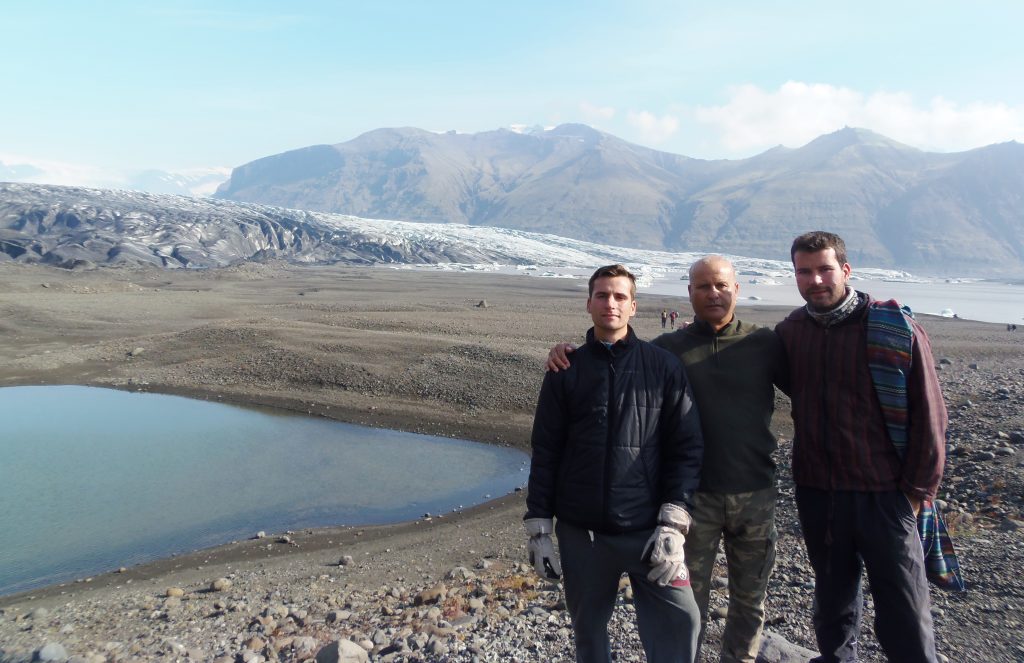
Ísland is translated as “land of ice”. Isolated in the northwestern corner of Europe, it’s an island of recent formation, created by the tectonic activity of European and North American borders. It lies just below the Arctic Polar Circle, midway among Greenland, Faeroe Islands and Norway. Icelanders consider themselves as descendants of Vikings, and their language, Icelandic, is the most similar to how old Viking must have sounded. Family of the Nordic languages, it is close to Faeroese, Danish, Norwegian or Swedish, although Icelandic remains the most archaic one. The first settlers (of Viking origin) didn’t arrive until XI AD century. Iceland counts on a very influenced past by Norway and Denmark, whom was united till 1918 through a kingdom, and completely independent since 1944. At the first moment, Iceland refused to be a member of the European Union. Later, in 2009 conversations were held to integrate the country, but they were paralyzed again and removed the solicitude in 2014.

Area: 103.125 km² (Just similar to both Scotland and Wales; or similar to Bulgaria).
Population: 331.000 (212.000 in Reykjavik metropolitan area).
GDP per capita: $ 38.022
Currency: Icelandic crown. 1€=152 ÍSK (approx., September 2014).
Language: Icelandic, but everyone speaks English.
Time zone: GMT (UTC+0).
More data or curiosities:
- Iceland is an expensive country, as all the Nordics.
- Icelanders are very kind, nice and helpful people.
- It caught our attention how silent are people.
- It is cold even in winter. Bring always a coat, just to be prepared if weather gets worse.
- There are not so many change houses. Banks open at noon: not in the morning, not in the evening.
- Iceland has a long whale tradition. In Reykjavik’s port you can find many places to taste whale.
- Air is so pure and fresh. In fact, cans are sold containing only air. I really don’t know if it has a real use, but truly there was a mountain of cans and their Price was €5.
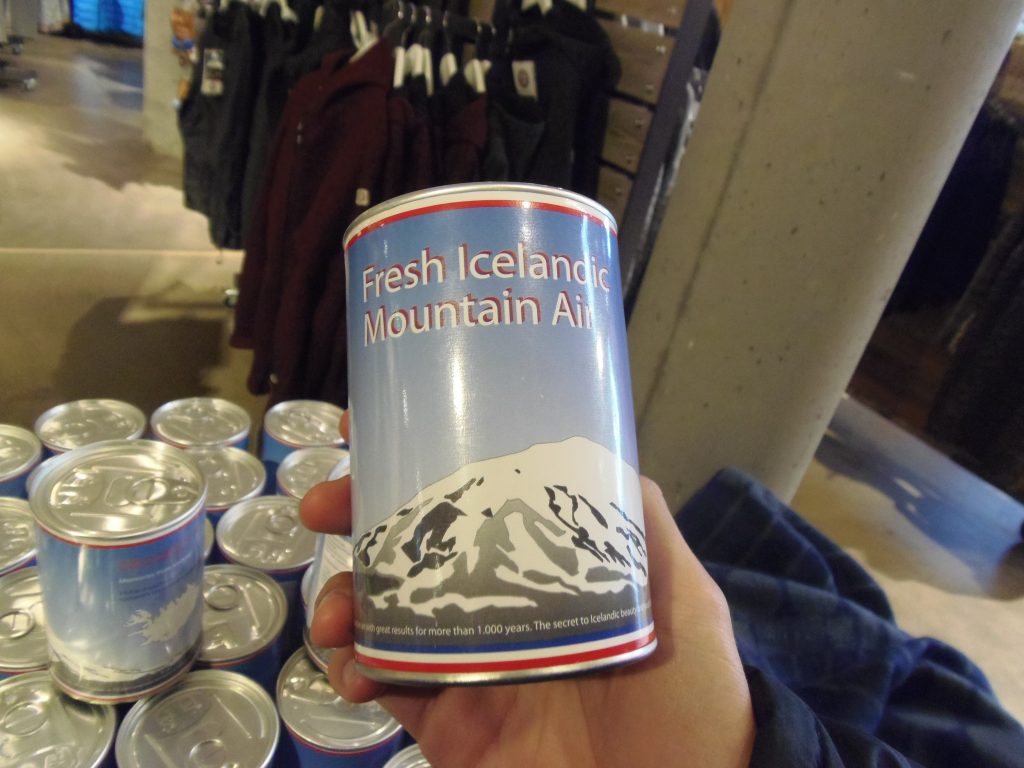
Route: Barcelona – Keflavik – Akureyri – Húsavik – Myvatn – Seydisfjordur – Hofn – Vík – Reykjavik
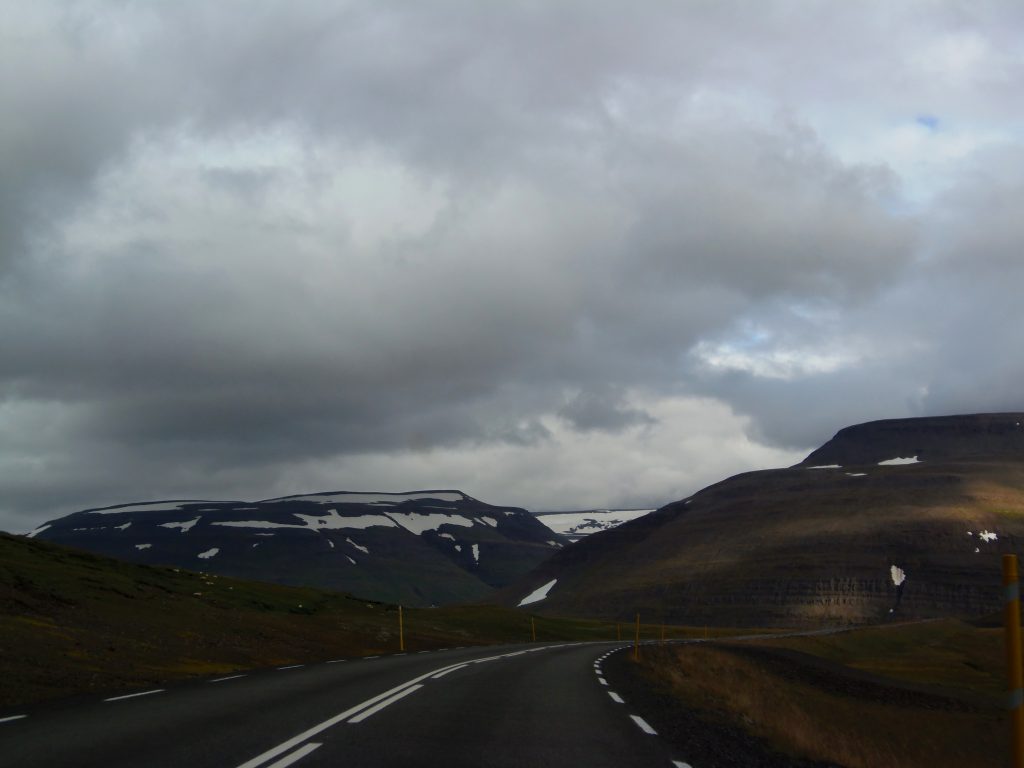
Ring Road or Hrinvegur is the name of the great road surrounding the whole Iceland. It has a length of 1339 km and one lane for each sense. Pavement is good. It is paved, only in the Eastern part (Seydisfjordur – Hofn) we found some parts unpaved. It is not necessary to rent a 4×4 to drive this way. We took a Hyundai i20 and it well drove with no problem at all. There are no tolls.
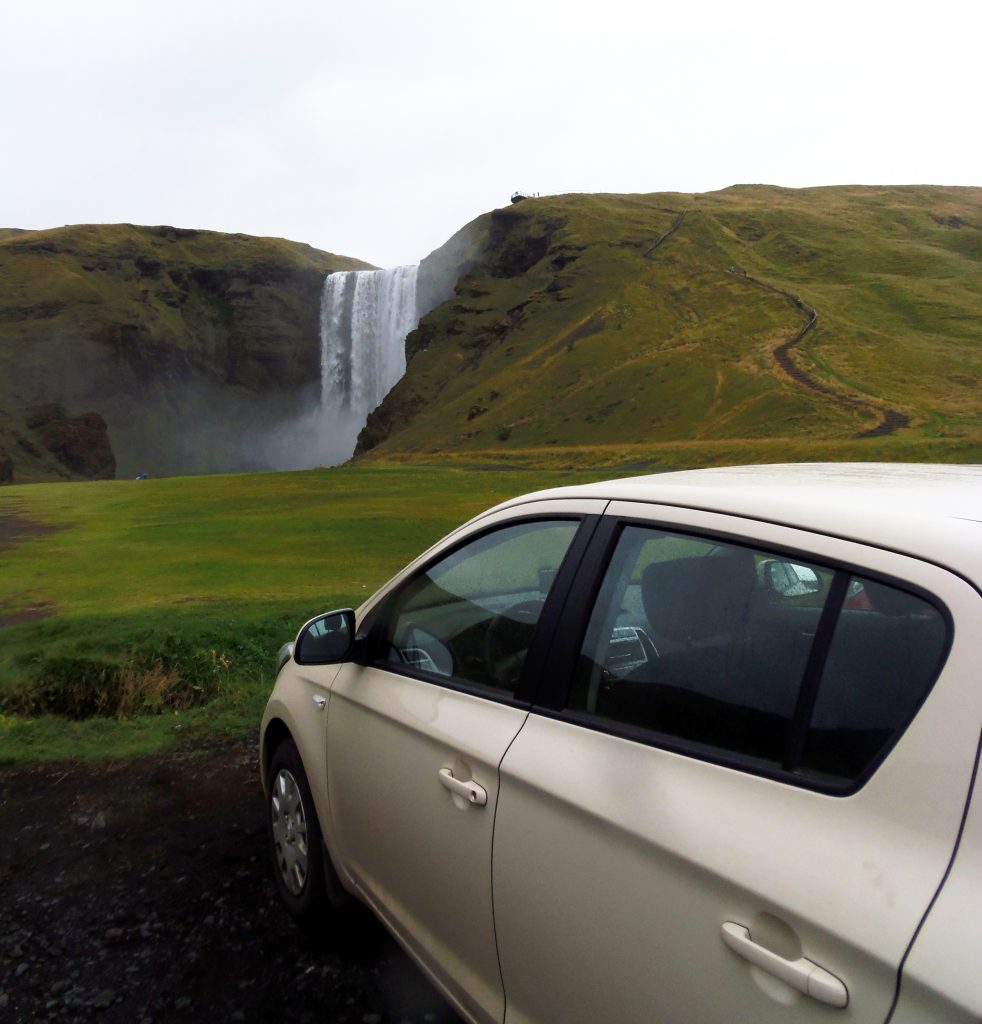
Our planning was as follows:
Day 1: night flight Barcelona – Keflavik. Night in hostel near the aiirport.
Day 2: way north driving through Blonduos, Akureyri, Godafoss. Night in Húsavik. 527 km.
Day 3: while watching in Húsavik – Myvatn – Dettifoss – Eggilstadir. Night in Seydisfjordur. 246 km.
Day 4: Seydisfjordur – Hoffell glacier. Night in Hofn. 213 km.
Day 5: Hofn – Jokulsarlon – Skaftafell – Vik. 276 km.
Day 6: Vík – Skógar – Seljalandsfoss – Gullfoss – Geysir – Thingvellir – Reykjavik. 289 km.
Day 7: Reykjavik – Blaa Lonid. Night flight Keflavik – Birmingham. 49 km.
Day 8: Stopover in Birmingham. Flight Birmingham – Alicante.
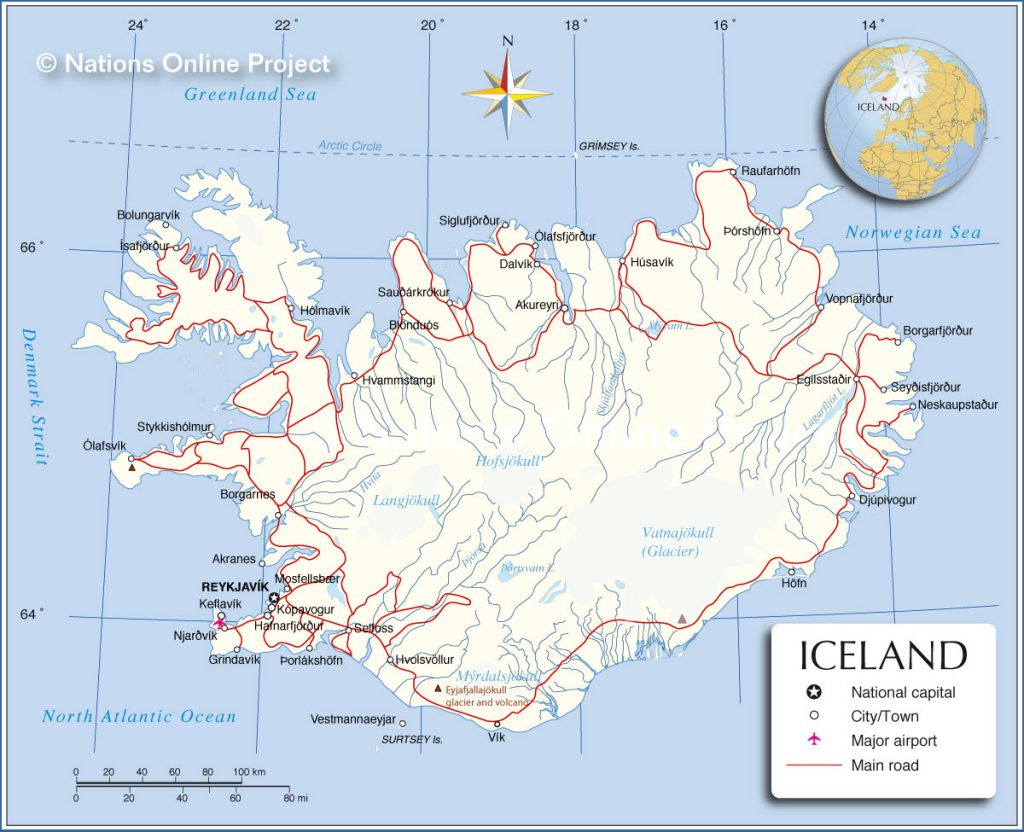
Flights summary:
Barcelona – Keflavik. 147€. Vueling. It includes baggage shared by 3. 4h30’
Keflavik – Birmingham. 77€ Flybe. It includes baggage shared by 3. 2h35’
Birmingham – Alicante. 68€ Ryanair. It includes baggage shared by 3. 2h35’
Date of trip: september 2014.
You can find below the links for very article of this trip:
1.-Breathing IceAir. Akureyri & Godafoss
2.-Whales, volcanos & northern lights. Húsavik & Myvatn
3.-Into the wild. Seydisfjordur & Hofn
4.-Beaches & icebergs. Jokulsarlon, Skaftafell & Vík
5.-Recalling the Vikings. Geysir & Thingvellir
6.-Cool north. Reykjavik
Bonus Track: stopover in Birmingham (United Kingdom)
And if you want to start experiencing Iceland, watch this amazing video (music by Emiliana Torrini “Jungle drum”)